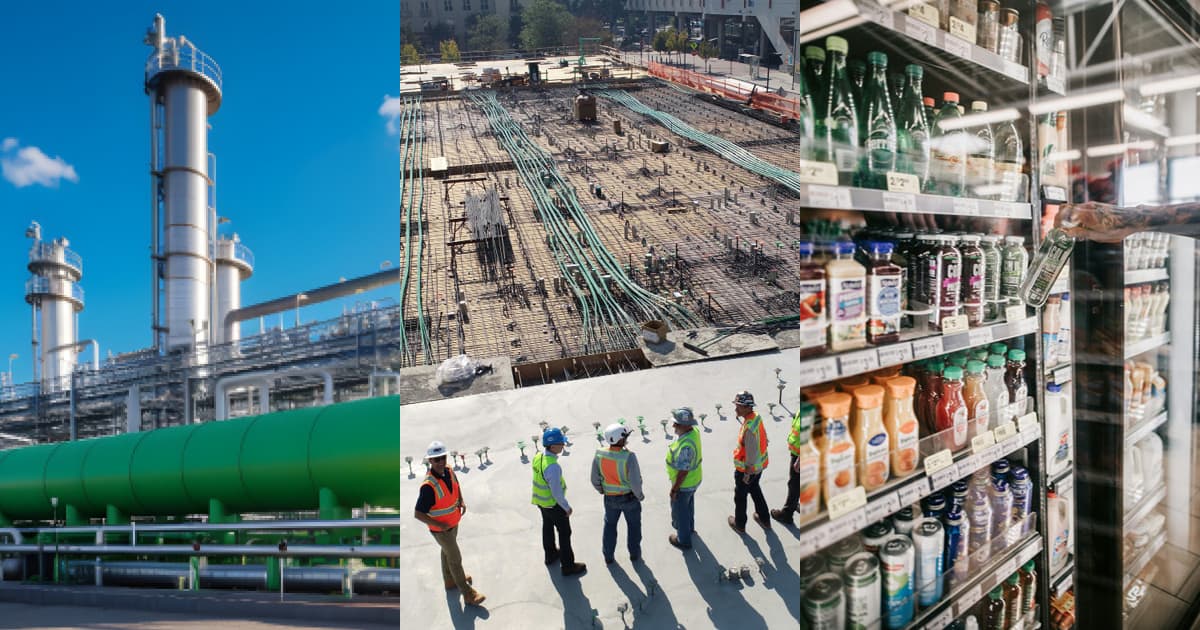Hydrogen fuel cell electric vehicles (FCEVs) are a practical, zero-emissions alternative to gasoline-powered, electric, and hybrid vehicles. They are twice as efficient as internal combustion vehicles with a lower cost of ownership. They can cover more than 300 miles a tank and refuel far more quickly than electric vehicles. These benefits make them an attractive option for both consumers and fleet owners.
While hydrogen fueling infrastructure is still in its infancy, stations that service passenger vehicles, heavy-duty trucks and buses, and material handling equipment are currently dispensing hydrogen and many more are being planned, especially throughout California. The Hydrogen Fuel Cell Partnership, a collaboration of auto manufacturers, energy companies, fuel cell technology companies and government agencies, reports that over 16,775 fuel cell cars have been leased or sold in the U.S. and nearly 60 hydrogen stations exist throughoutCalifornia with over 100 more now in development.
As a station owner looking for new revenue streams, here are factors to consider before adding hydrogen dispensing to your station:
- Demand volume and funding sources: It’s a good idea to conduct an in-depth analysis of your potential customer base, cost, and payback period of your capital equipment, federal, state, and local sponsorships that may be available to defray your investment costs, and the regulations with which you’ll need to comply during construction.
- Permitting and licensing: You also need to understand the issues involved in handling and dispensing hydrogen, along with the needed permits and licensing, inspections, safety assessments, and code compliance requirements.
- Infrastructure requirements: Identify what modifications need to be made to your existing grounds to accommodate the new infrastructure, including storage, capital investment in equipment, and safety concerns.
- Sourcing options: Hydrogen can be produced through steam methane reforming and electrolysis, or delivered as a cryogenic liquid. Determine the best method for getting the hydrogen gas to your station.
- Staff training: Like other gases, hydrogen is highly combustible. Train your staff on storing, handling, and dispensing it, including safety and emergency response protocols.
- Equipment maintenance: Regular inspection and maintenance of your storage tanks, compressors, and dispensing equipment must be performed to ensure optimal performance and compliance with the prevailing safety standards.
- Spreading the word: Hydrogen fueling is in its infancy. As a forward-thinking early adopter of this exciting new technology, you’ll want to collaborate with vehicle manufacturers, local governments, fleet operators, and other potential partners to educate the public and drive the growth of your station’s dispensing operations.
- Needed equipment: Depending on how your hydrogen is sourced, you’ll need the minimum following equipment:
- Storage equipment: Regardless of whether the hydrogen is stored as a liquid or low- or high-pressure gas, your storage equipment must be compliant with American Society of Mechanical Engineers (ASME) standards.
- One or more compressors: Hydrogen is compressed to reduce its volume and increase its pressure before dispensing. Liquid and low-pressure storage tanks may require multiple compressors.
- Chillers: Hydrogen must also be cooled to a temperature cold enough to attain the proper working pressure.
- Dispensers: Hydrogen dispensers look similar to gasoline fueling dispensers and can be located at the same island, except in the instance of fueling material handling equipment, which because of its size, requires its own island.
A Word to the Wise
It’s important to consult with local authorities and experienced industry professionals to navigate the complex steps and procedures for adding hydrogen dispensing to your gas station. Work with a qualified team of experts who are well versed in the installation of hydrogen storage tanks, safety systems, and dispensing equipment. This will ensure the best outcome for your project.





